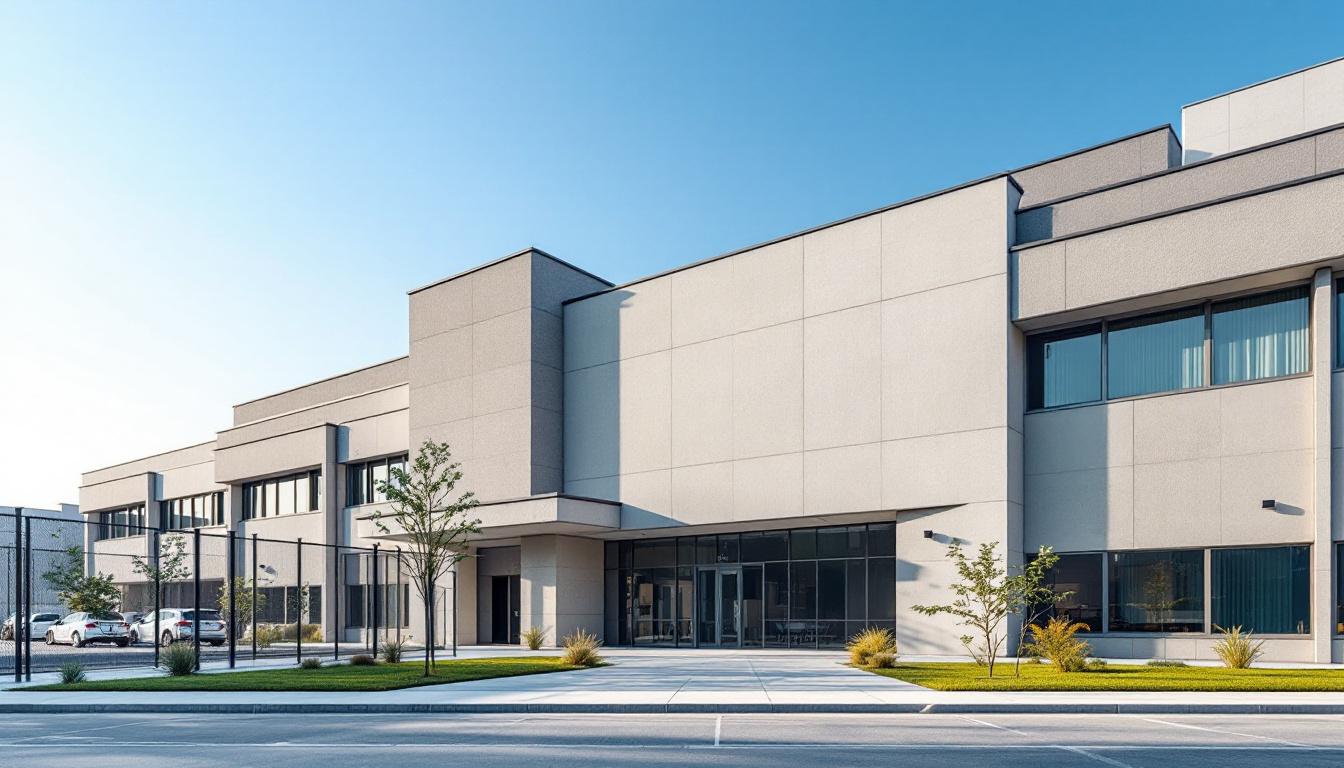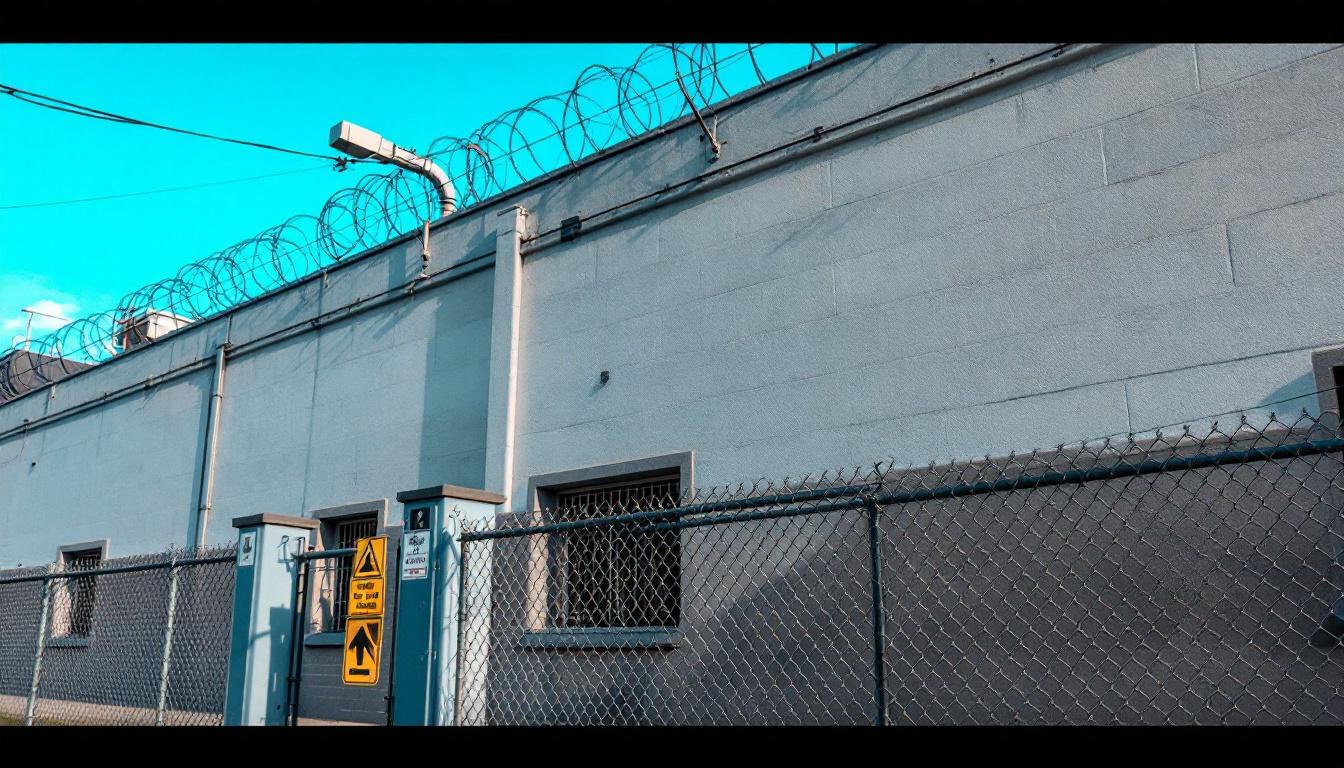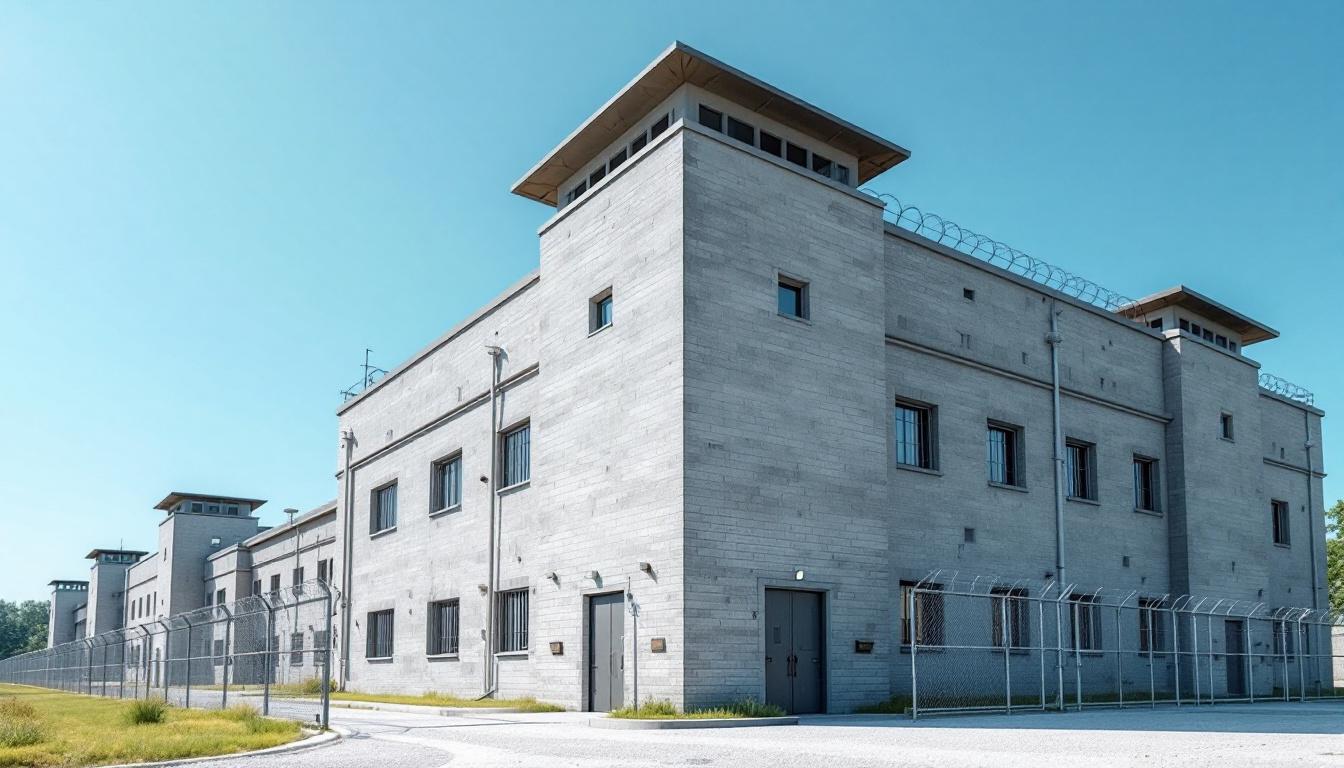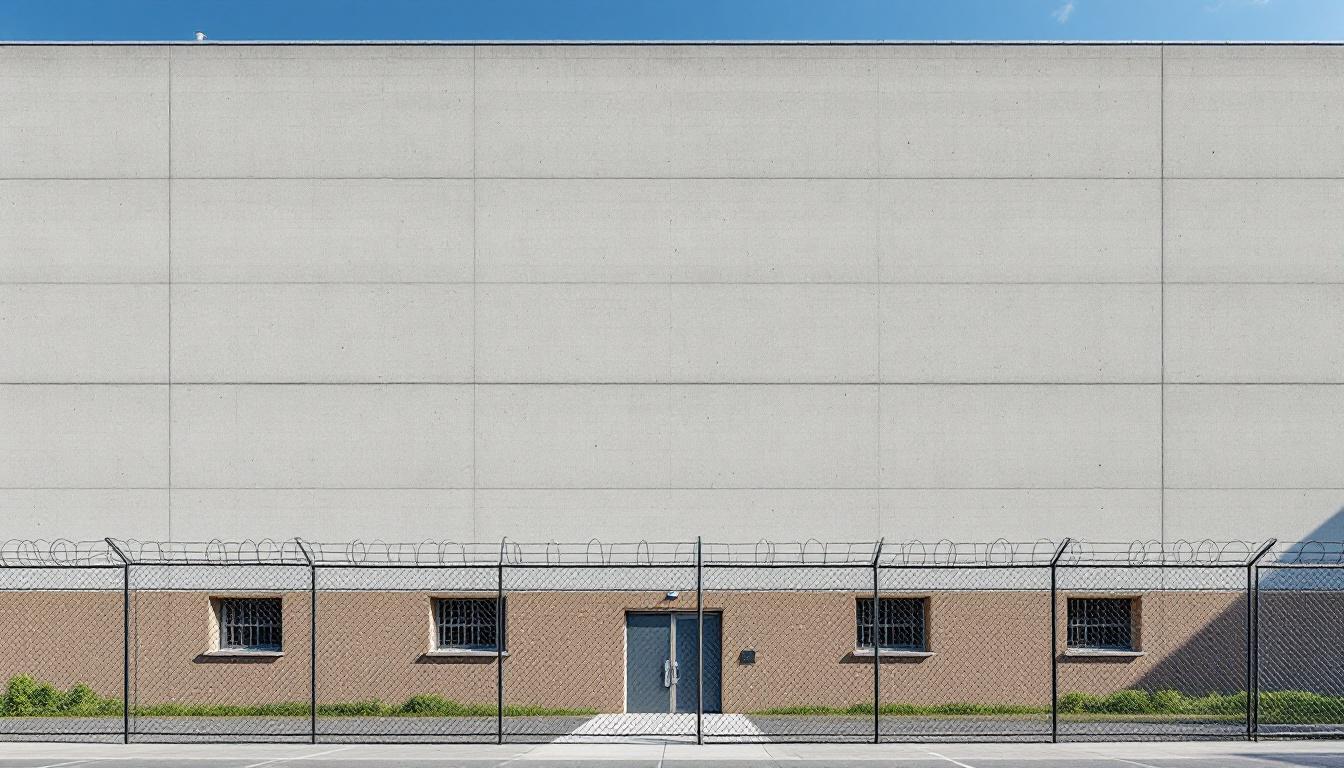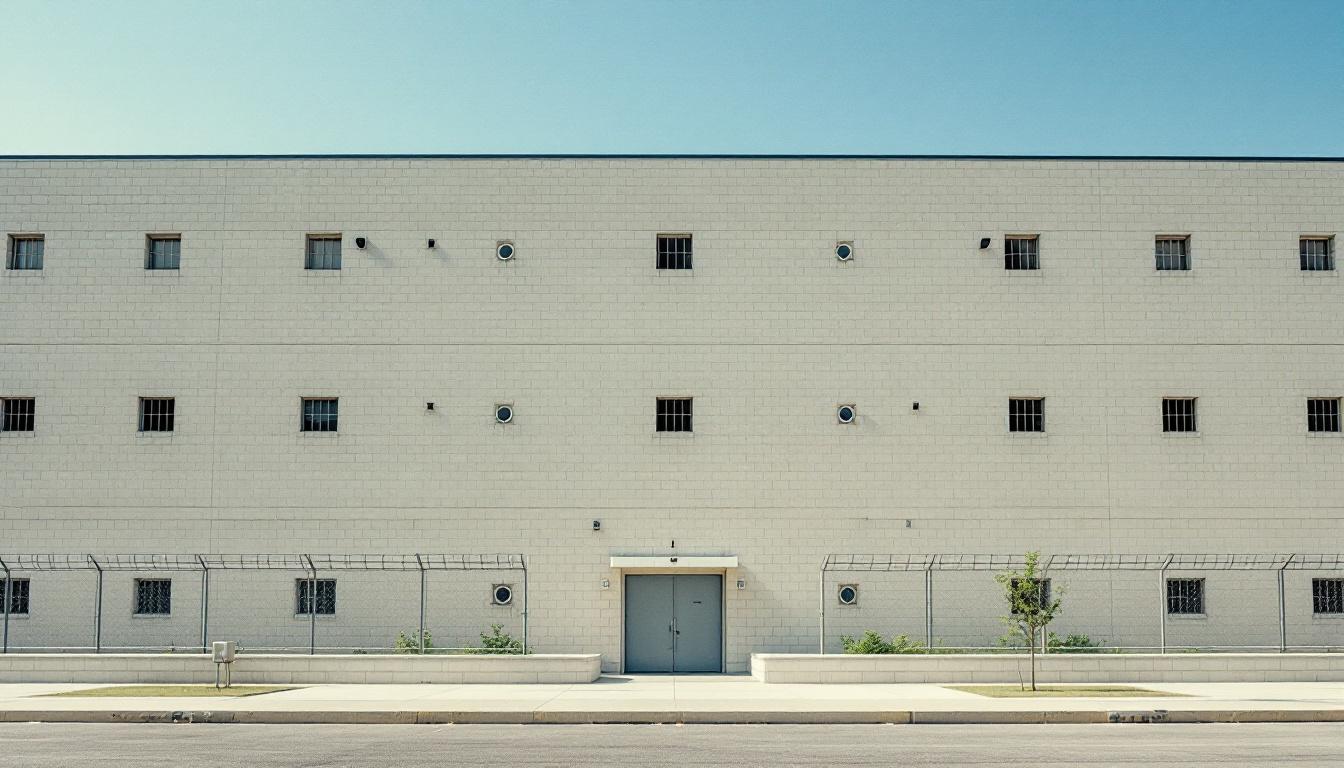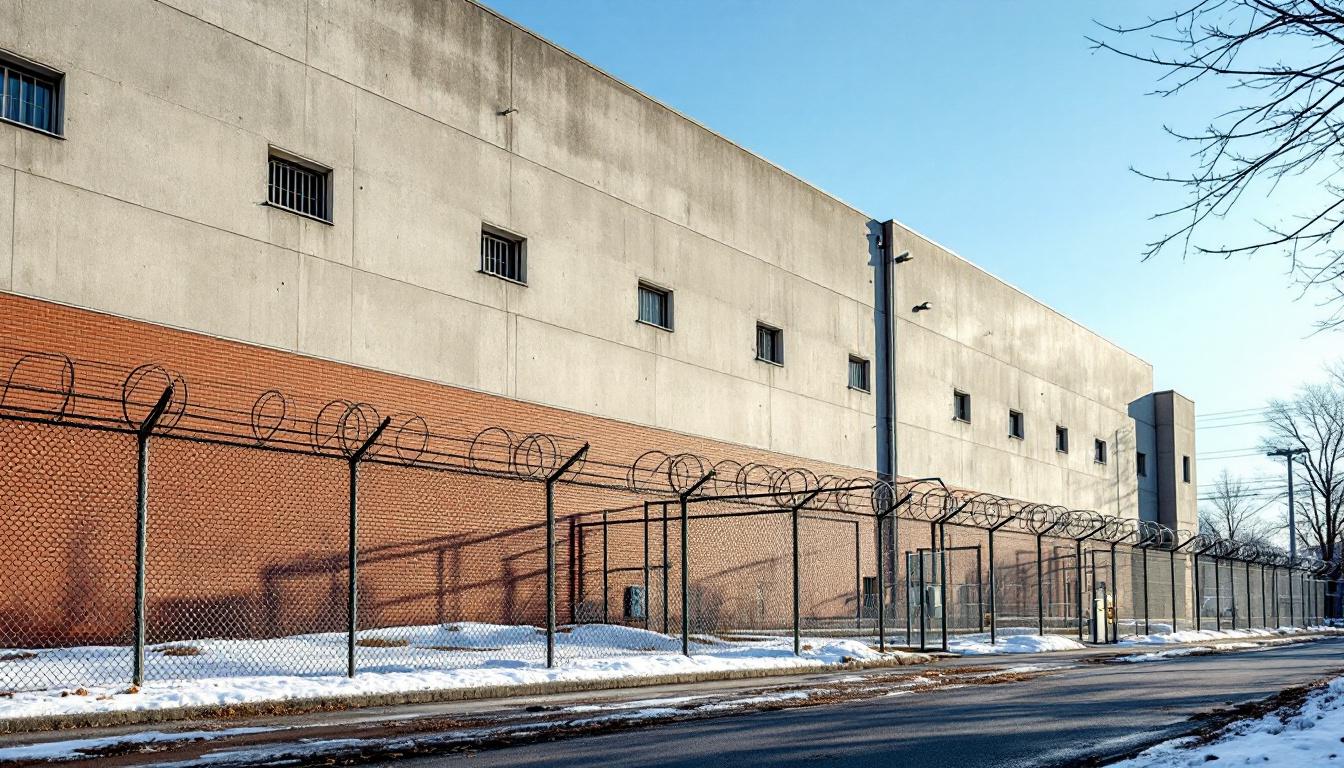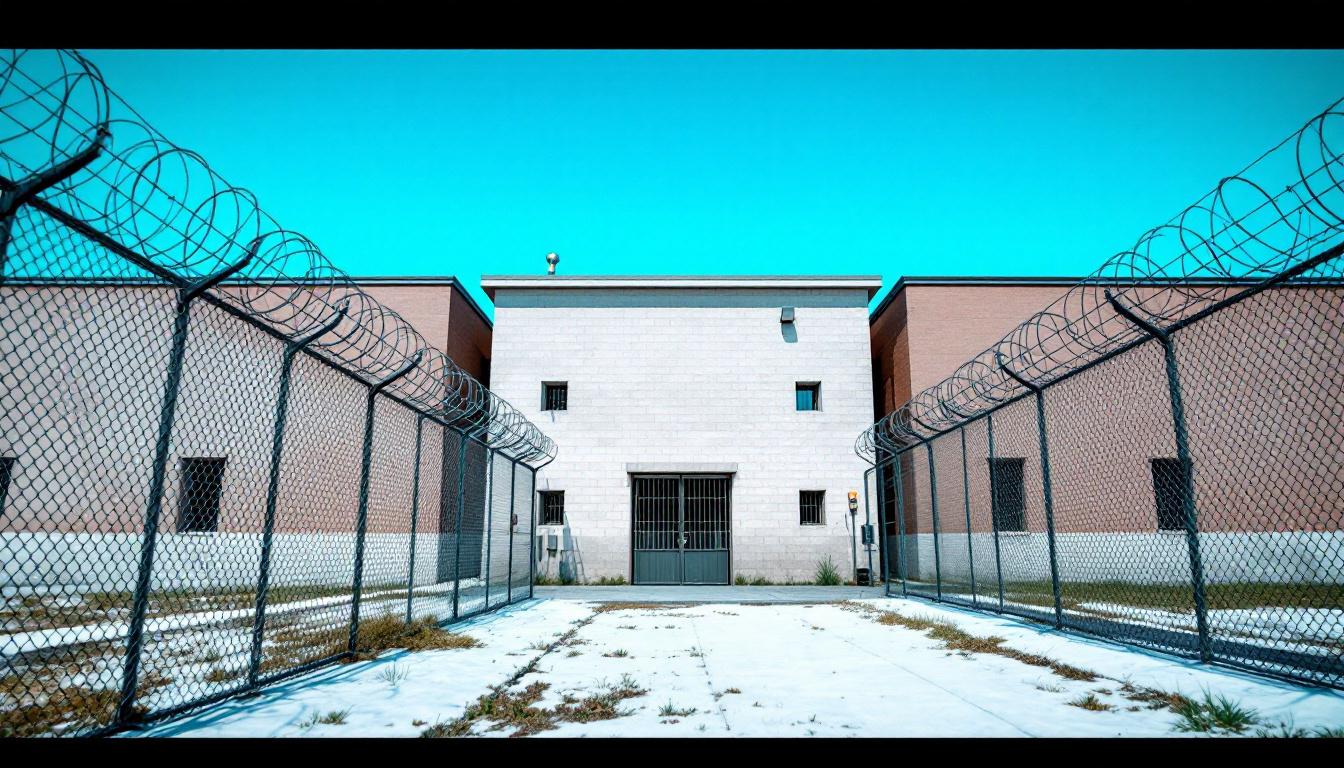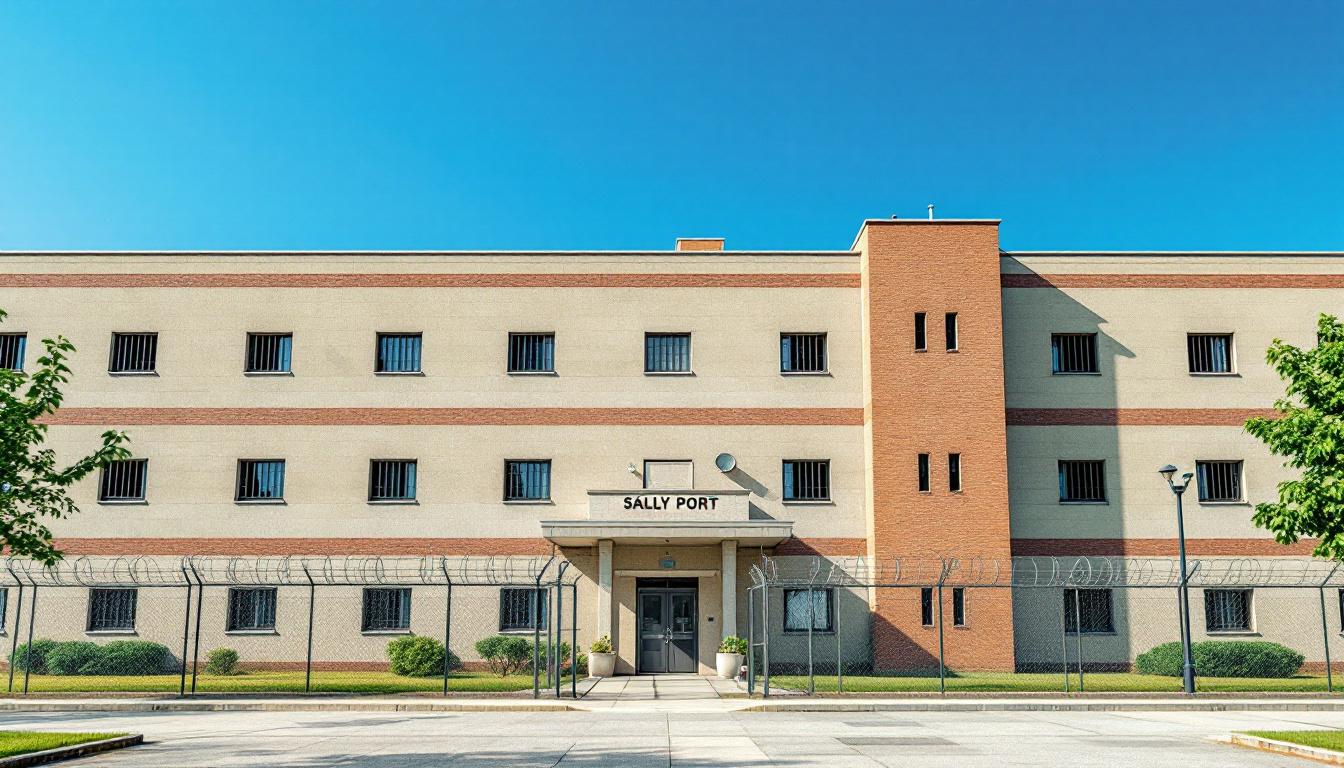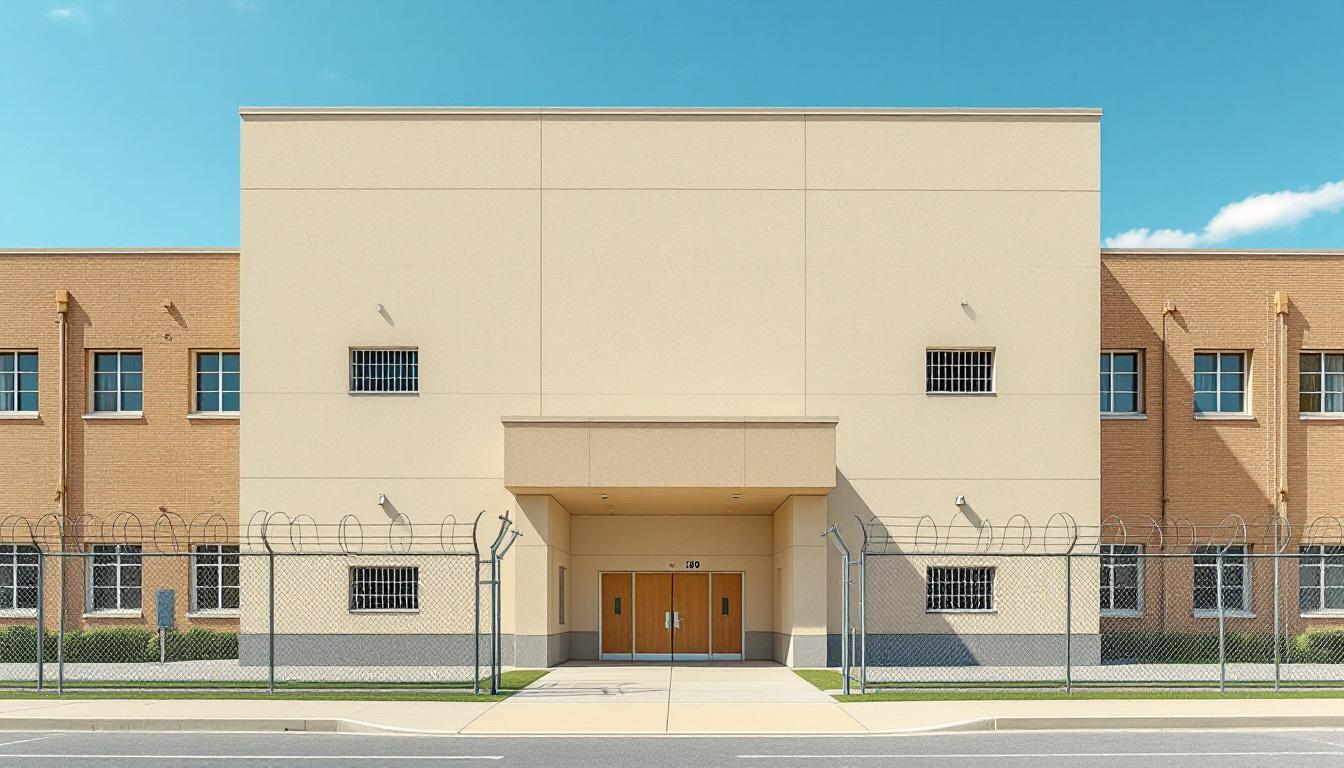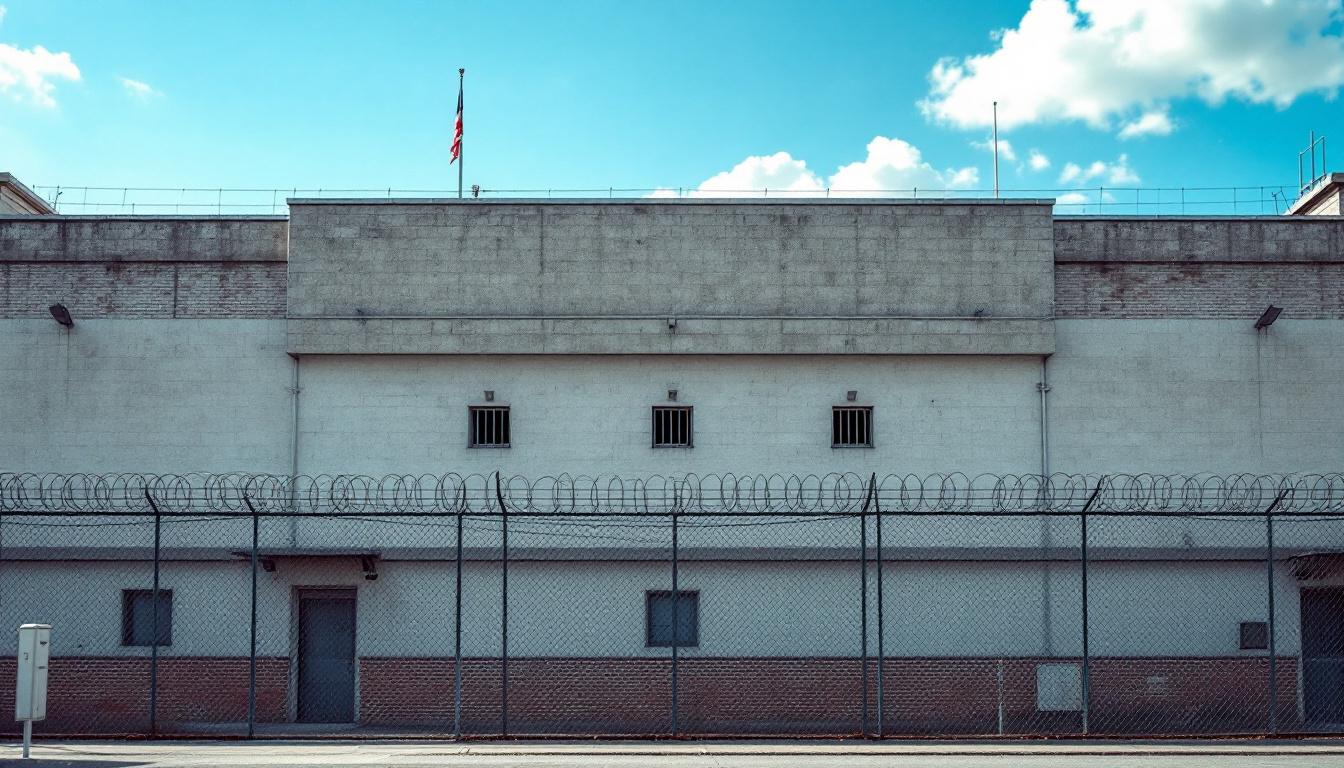
Quick Navigation
How to contact an inmate at Northeast Las Vegas VA Clinic
This comprehensive guide will walk you through how to connect with an inmate at Northeast Las Vegas VA Clinic. Follow the steps below to find an inmate and send letters and photos:
- Search for the inmate using our search tool below
- Create your account or log in to Penmate
- Write your message (up to 6,000 characters)
- Send instantly - inmates receive printed copies daily
Find an Inmate
Search for an inmate to start communicating today
Tip: You can search by first name, last name, or inmate ID number
To contact a person at Northeast Las Vegas VA Clinic start by searching for the person on the official facility website. Perform a search by following these steps:
- Step 1: Enter their first name and last name into the search form and click "Search"
- Step 2: Locate their inmate record
- Step 3: Write down their Inmate ID and any housing information provided
Important! Be sure to enter the person's full name. Nicknames should not be used.
How to Send Messages to Inmates

You can use your phone or computer to send emails, letters, and photos to an inmate. Messages are sent electronically to inmate tablets or kiosks at the facility. If you would like to send a message, start by searching for an inmate at Northeast Las Vegas VA Clinic.
Sending Photos and Postcards

A great way to send love and support to a loved one at Northeast Las Vegas VA Clinic is to send photos and postcards. It only takes a few minutes to send photos from your phone and it makes a huge difference. You can also mail postcards with words of support and inspiration, or design your own postcard for special moments like birthdays and holidays.
Important! Be sure not to send any explicit photos or they may not be approved by the facility. You can also use a photo printing app like Penmate to make sure your photos are printed at the correct size (4x6 or 3x5) and are mailed according to the rules and regulations of Northeast Las Vegas VA Clinic.
Frequently asked questions about Northeast Las Vegas VA Clinic
-
How long does it take to deliver a message?
If you're sending an email message your letter is usually delivered within 24-48 hours. For messages sent via mail you should expect delivery within 3-7 days. All messages will need be approved by Northeast Las Vegas VA Clinic.
-
How much does it cost to send a message to Northeast Las Vegas VA Clinic?
You can send a message free using your phone or mail a message via USPS for the price of a $0.60 stamp and envelope. You can also purchase credits or e-stamps from services starting at $1.99.
-
What services can I use to contact an inmate at Northeast Las Vegas VA Clinic?
Penmate
You can use Penmate to send letters and photos to an inmate from your phone. It's an easy way to stay in touch during your loved one's incarceration. Use the inmate locator to find an inmate's location and contact information, then you can send messages within a few minutes.
Securus messaging
Securus may be another option for communicating with an inmate at Northeast Las Vegas VA Clinic. You can create a friends and family account and purchase credits to send messages. All messages will be reviewed and must be approved by the facility.
JPay
Some county jails and state prisons may support sending messages with JPay. You must register an account with the system, find your loved one, and purchase stamps to send messages. For some locations you can also attach photos.
Smart Jail Mail
You may also check if Smart Jail Mail is available at Northeast Las Vegas VA Clinic. Smart Jail Mail is operated by Smart Communications and has contracted with some state and county jails. After purchasing credits, your messages and photos are sent to the facility, printed out, and then handed out to your loved one.
-
What is the mailing address of Northeast Las Vegas VA Clinic?
Mailing address:
Northeast Las Vegas VA Clinic
4461 E Charleston Blvd
Las Vegas, NV 89104
Phone: (702) 791-9050Business hours:
- Monday: 7:00 AM – 5:00 PM
- Tuesday: 7:00 AM – 5:00 PM
- Wednesday: 7:00 AM – 5:00 PM
- Thursday: 7:00 AM – 5:00 PM
- Friday: 7:00 AM – 5:00 PM
- Saturday: 8:00 AM – 4:00 PM
- Sunday: Closed
-
What are the visiting hours at Northeast Las Vegas VA Clinic?
Visiting hours at Northeast Las Vegas VA Clinic vary by housing unit and security level. Generally, visits are scheduled on weekends and holidays, with some facilities offering weekday visits. Contact the facility directly at (702) 791-9050 or check their website for the current visiting schedule. Visits typically last 30-60 minutes and must be scheduled in advance.
-
What items are prohibited when sending mail to Northeast Las Vegas VA Clinic?
Prohibited items typically include: cash, personal checks, stamps, stickers, glitter, glue, tape, staples, paperclips, polaroid photos, musical or blank greeting cards, hardcover books, magazines with staples, and any items containing metal or electronics. Only send letters on plain white paper with blue or black ink. Photos must be printed on regular photo paper (no Polaroids). Always check with Northeast Las Vegas VA Clinic for their specific mail policies.
-
How do I send money to an inmate at Northeast Las Vegas VA Clinic?
You can send money to an inmate at Northeast Las Vegas VA Clinic through several methods: 1) Online using JPay, Access Corrections, or the facility's approved vendor, 2) Money orders mailed directly to the facility with the inmate's name and ID number, 3) Kiosks located in the facility lobby, or 4) Over the phone using a credit or debit card. Fees vary by method, typically ranging from $2.95 to $11.95 per transaction.
-
Can I schedule a video visit with an inmate at Northeast Las Vegas VA Clinic?
Many facilities now offer video visitation as an alternative to in-person visits. At Northeast Las Vegas VA Clinic, video visits may be available through services like Penmate, Securus Video Connect, GTL, or ICSolutions. Video visits typically cost $10-20 for 20-30 minutes and must be scheduled in advance. You'll need a computer or smartphone with a camera and reliable internet connection. Contact the facility for their specific video visitation policies and approved vendors.
-
What identification do I need to visit an inmate at Northeast Las Vegas VA Clinic?
All visitors must present valid government-issued photo identification such as a driver's license, state ID, passport, or military ID. Minors must be accompanied by a parent or legal guardian who can provide the minor's birth certificate. Some facilities require visitors to be on the inmate's approved visitation list, which may require a background check. Contact Northeast Las Vegas VA Clinic for specific ID requirements and visitor approval procedures.
-
How can I find out an inmate's release date?
To find an inmate's release date at Northeast Las Vegas VA Clinic, you can: 1) Use the online inmate search tool if available, 2) Call the facility's records department, 3) Contact the inmate's case manager or counselor, or 4) Have the inmate provide this information during a call or visit. For privacy reasons, some facilities only release this information to immediate family members.
Facility Overview
Contact Information
Northeast Las Vegas VA Clinic4461 E Charleston Blvd
Las Vegas, NV 89104
Phone: (702) 791-9050
Official Website
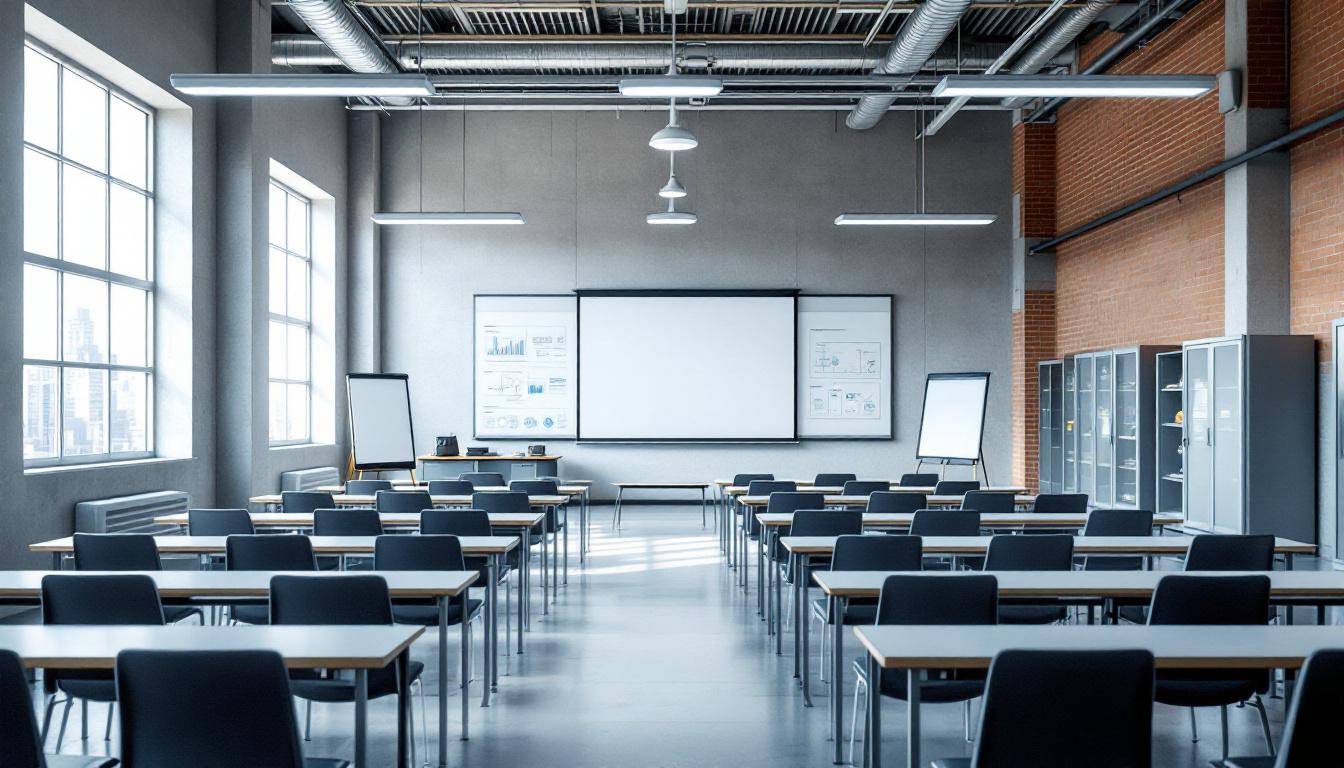
About Northeast Las Vegas VA Clinic
Comprehensive rehabilitation services and structured programming form the foundation of daily operations at this VA correctional facility, where individuals receive access to educational opportunities, vocational training, and behavioral intervention programs designed to support successful community reintegration. Located in Meadowview, Virginia, the facility typically emphasizes a balanced approach between maintaining appropriate security measures and providing meaningful opportunities for personal development and skill-building.
Within Virginia's correctional system, this Meadowview facility generally serves as a structured environment where individuals services may include academic education programs, substance abuse counseling, and work-based training initiatives. The correctional facility often incorporates therapeutic programming alongside traditional security protocols, recognizing that effective offender management requires addressing underlying factors that contribute to criminal behavior. Staff members typically work to create an environment that balances accountability with opportunities for positive change, understanding that successful rehabilitation benefits both the individuals in custody and the broader community.
The facility's approach to correctional programming generally reflects modern understanding of effective offender management, incorporating evidence-based practices that may include cognitive-behavioral interventions, life skills development, and preparation for community reentry. Located in the rural setting of Meadowview, the facility often provides a more controlled environment where individuals can focus on personal growth and development while serving their sentences, with programming designed to address various needs and risk factors that may have contributed to their involvement in the criminal justice system.
Programs & Services
The multifaceted approach to individual development encompasses an extensive array of opportunities designed to address the diverse needs and aspirations of those seeking personal growth and professional advancement. Through carefully structured programming that spans educational, vocational, and therapeutic domains, individuals are provided with comprehensive pathways to acquire essential skills, address underlying behavioral patterns, and prepare for successful community reintegration. This holistic framework recognizes that meaningful transformation often requires simultaneous engagement across multiple areas of personal development.
Educational opportunities typically form the cornerstone of skill-building initiatives, with programs that may offer basic literacy instruction, high school equivalency preparation, and post-secondary coursework through distance learning partnerships. These academic pursuits are complemented by robust vocational training programs that often include hands-on instruction in marketable trades and technical skills. Individuals may participate in structured apprenticeships and certification programs designed to align with regional employment demands, ensuring that newly acquired competencies translate into viable career prospects upon release.
In addition to these foundational educational and vocational components, specialized support services address the cognitive and behavioral aspects of personal development. Cognitive behavioral programs typically provide evidence-based therapeutic interventions that help individuals develop healthier thought patterns and decision-making processes. Practical life skills training may encompass opportunities in barbering and cosmetology, offering both vocational preparation and confidence-building experiences. Furthermore, restorative justice initiatives often create structured environments where individuals can engage in meaningful dialogue about accountability, victim impact, and community healing, fostering a deeper understanding of the broader consequences of their actions while developing empathy and communication skills.
Daily Life & Visitation
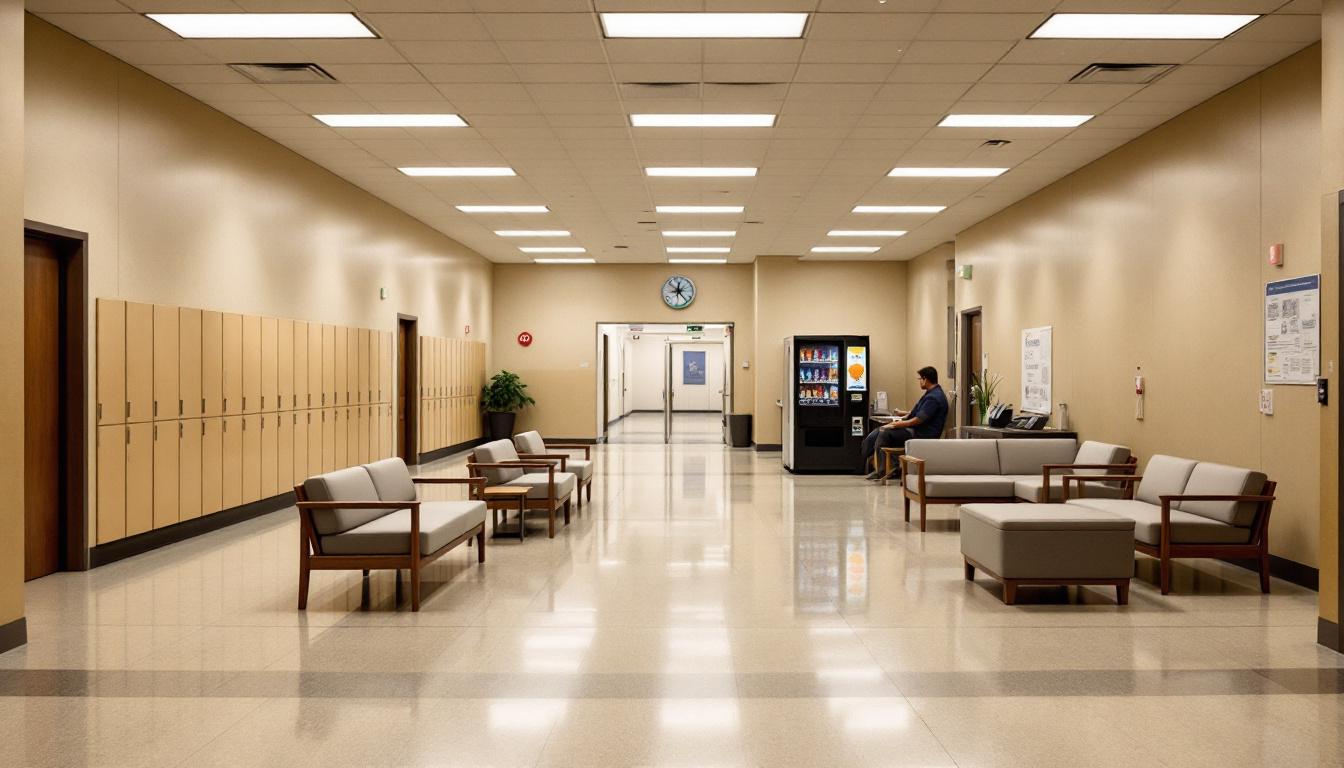
The sound of morning announcements echoing through housing units marks the beginning of another structured day, where individuals at this Virginia correctional facility navigate a carefully orchestrated routine designed to balance security requirements with opportunities for personal development. At present, the daily schedule actively incorporates multiple components including meals, work assignments, educational programming, and recreational periods, with each individual's day typically beginning with early morning count procedures followed by breakfast service in designated dining areas.
Living accommodations generally consist of multi-person cells or dormitory-style housing units, where individuals share space with roommates and have access to basic amenities including beds, storage areas for personal belongings, and shared bathroom facilities. The facility typically maintains commissary services where individuals may purchase approved personal items, snacks, and hygiene products using funds from their institutional accounts, while personal property is usually limited to specific approved items that must fit within designated storage spaces. In addition to this structured living environment, meals are generally served at scheduled times in central dining halls, with menus that aim to provide balanced nutrition while accommodating various dietary restrictions and religious requirements.
Despite this highly regulated environment, the facility often offers various programs and activities designed to support rehabilitation and maintain family connections, including educational classes, vocational training opportunities, library access, and recreational activities such as organized sports or fitness programs. Visitation policies typically allow approved family members and friends to visit during designated hours and days, while communication options may include monitored telephone calls and correspondence through the mail system, helping individuals maintain important relationships with their support networks outside the facility walls.
Ready to Connect?
Start communicating with your loved one today
Search for an Inmate
